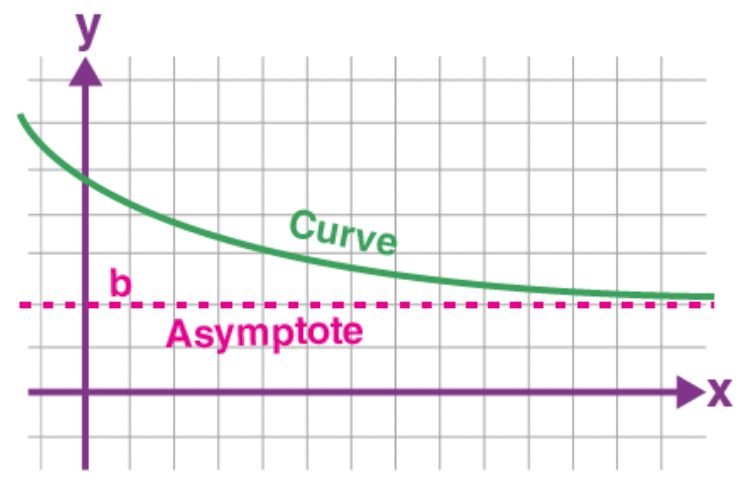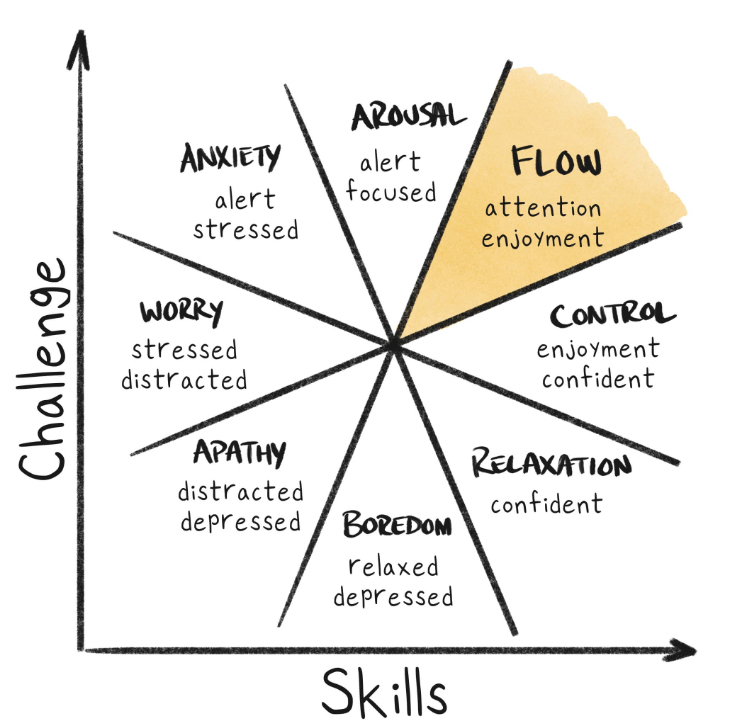To A First Approximation

What’s the number one thing you need to do to hit your target?
Be close to it.
This is what my tennis coach shared with me during one of my lessons. He said, “To hit your target, be close to it”. My “target” was to hit the ball at the cones. As I started, I hit the ball next to the cones, and steadily got closer to the target. Eventually, I did not hit my target but was close enough to it, to a first approximation.
This is where the profundity of this simple lesson dawned on me.
To a first approximation.
Wabi Sabi.
Be close to the target.
My realization was this: In goal-setting, it’s better to have a precise target, but an imprecise aim, at least to begin with. Start with an imprecise aim and slowly make it precise. Not the other way around.
For perfect is the enemy of good.
The sheer pressure of hitting the cones was enough to prevent any incremental progress for me. In contrast, the liberty to hit around the cones motivated me to do better. And I did.
- To be close to the target is to to hit the outer rings of a dartboard; you haven't hit the bullseye, but you're still accumulating points.
- To be close to the target is to reach the top three in a race; you may not have won gold, but you've still done something remarkable.
- To be close to the target is to be #2, like Avis was to Hertz; you may be #2 for a while, but eventually, you’ll become #1.

Consider this graph below, which shows a rather simple concept: an asymptote. In math, an asymptote is a line that a curve approaches as it moves closer and closer to that line, but never quite touches it.

Like an asymptote, aiming to be close to your target encourages ongoing growth without the pressure of attaining absolute perfection. Continuous improvement becomes the focus, making your goal more enduring and less fleeting. Because a goal is an end in itself, and being close to the goal is a journey in itself.
Put another way, it's better to set an ambitious goal and reach 60% of it, or establish a more modest goal and achieve 90% of it, as both will emphasize the value of being close to the target rather than reaching it outright. This makes the process of growth more lasting, more permanent, less ephemeral. And this is what promotes ‘flow’.

So far, having learned of this insight, I’m quite intrigued. By how deep, impactful, and relevant it is, especially for continual growth. After all, as the saying goes, “Eternity is awful long time, especially towards the end.”
Until next time,
Abhinav